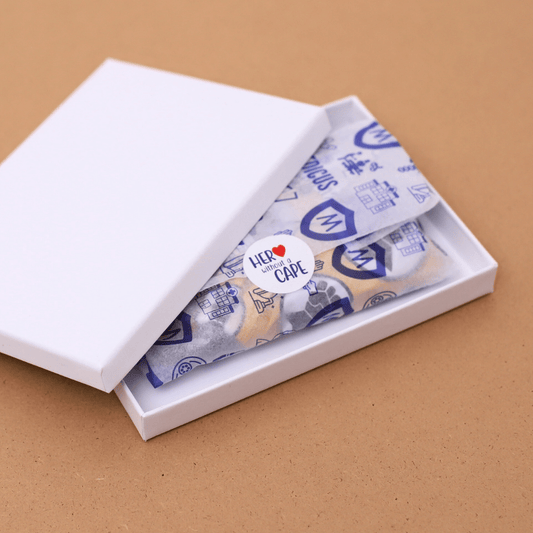
NHS England Workwear Guidance for Scrub Caps
NHS England Workwear Guidance for Scrub Caps
According to the NHS England Workwear Guidance, scrub caps are a crucial part of healthcare professionals' attire, playing a significant role in maintaining a clean and safe environment for patients.

"Scrub caps must be worn by all theatre staff during procedures to prevent hair from falling into the sterile field."
Home Washing Outcomes:
- 99.9% reduction in bacterial colonies after proper washing and drying
- Significant decrease in lint and hair shedding
- Improved cap shape retention
- Enhanced color vibrancy
For more information on the cost of washing scrub caps at home and how it compares to our professional cleaning services, please visit our dedicated blog post.
Step-by-step guide on how to wash your scrub cap at home
5.2 Washing uniforms and workwear
All elements of the washing process contribute to the removal of micro-organisms on fabric. Detergents (washing powder or liquid) and agitation release any soiling from the clothes, which is then removed by sheer volume of water during rinsing. Temperature also plays a part.
Scientific observations and tests, literature reviews and expert opinion as stated in the 2007 suggests that:
- • there is little effective difference between domestic and commercial laundering in terms of removing micro-organisms from uniforms and workwear
- • washing with detergents at 30ºC will remove most Gram-positive micro-organisms, including methicillin-resistant Staphylococcus aureus (MRSA)
- • a ten minute wash at 60ºC is sufficient to remove almost all micro-organisms. In tests, only 0.1% of any Clostridioides difficile spores remained. Microbiologists carrying out the research advise that this level of contamination on uniforms and workwear is not a cause for concern.





